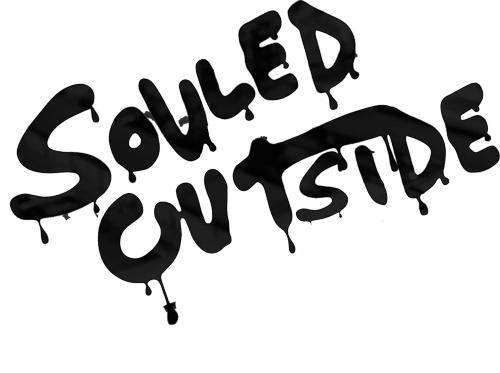I wandered into the heart of a battle, but the warning came too late. “Big Sur is burning,” the radio crackled. “There’s fire all over the place.”
I already knew.
I knew because before the morning voice broke out from a Los Angeles studio, I was already 300 miles north in the heart of Big Sur. I knew because I spent the night on the side of a canyon covered in smoke. Somewhere below, hundreds or thousands of feet perhaps, I could hear— but not see—the roaring waves of the Pacific crashing on a rocky shore.
An eerie glow from flame and moon lit the night.
California Highway 1 had been reopened less than 24 hours by the time I stopped driving. For what seemed like 100 miles, camps of blazing spotlights and emergency vehicles lit up the redwood forests as state parks along the route replaced tourists with firefighters. Police and firemen still scurried up and down the highway at will. They’d been battling the blaze for nearly a month.
Finally, the tide had turned.

76,000 acres laid in its scorched path, but the fire stopped at Big Sur.
“Thank you, awesome firefighters!” signs screamed at every inn, home and restaurant along the way.
I came here on a hunch, on a whim. But in a real way, I wouldn’t be on this journey at all without the help of a special stretch of coast they call Big Sur. If you follow the 101 south from San Francisco, past the famous Maverick’s surf spot and on through Santa Cruz, you’ll make it to Big Sur. When you arrive, you’ll have no doubt: this is the place.
Here, sea and coast meet in a violent, eternal duel of rock and wave as the Pacific crashes eagerly onto the steep cliffs that line Central California’s coast. It was from these cliffs that I first started seeing Instagram feeds full of photos from far perches on their ledges and roadside pit stops at Bixby Bridge. And it’s those photos that awakened a sleeping wanderlust that I knew couldn’t be quenched until I saw them for myself.
Through the fire and the flame, I did it. I sit now in a cafe on Sur’s most southern border of San Luis Obispo. Tonight, I’ll make work-camp at the Vagabond Hotel, grab a shower and wake up heading towards a long date with the Sierra’s and the American southwest beyond. From here, the journey earnestly heads east. And that road ultimately leads home.
I don’t like looking east. Even at sunrise, I prefer to look west, out over the blue waves that I can’t see—the ones hidden by white ones I can. It’s ironic in a way. Before I arrived, I could only see the coast through someone else’s eyes, and now that I’m here, I can’t see much with my own.
But I can hear it. I can hear the gulls and the waves. I can hear the occasional seal barking down below.
Somehow, in such a big place, that feels like enough.










